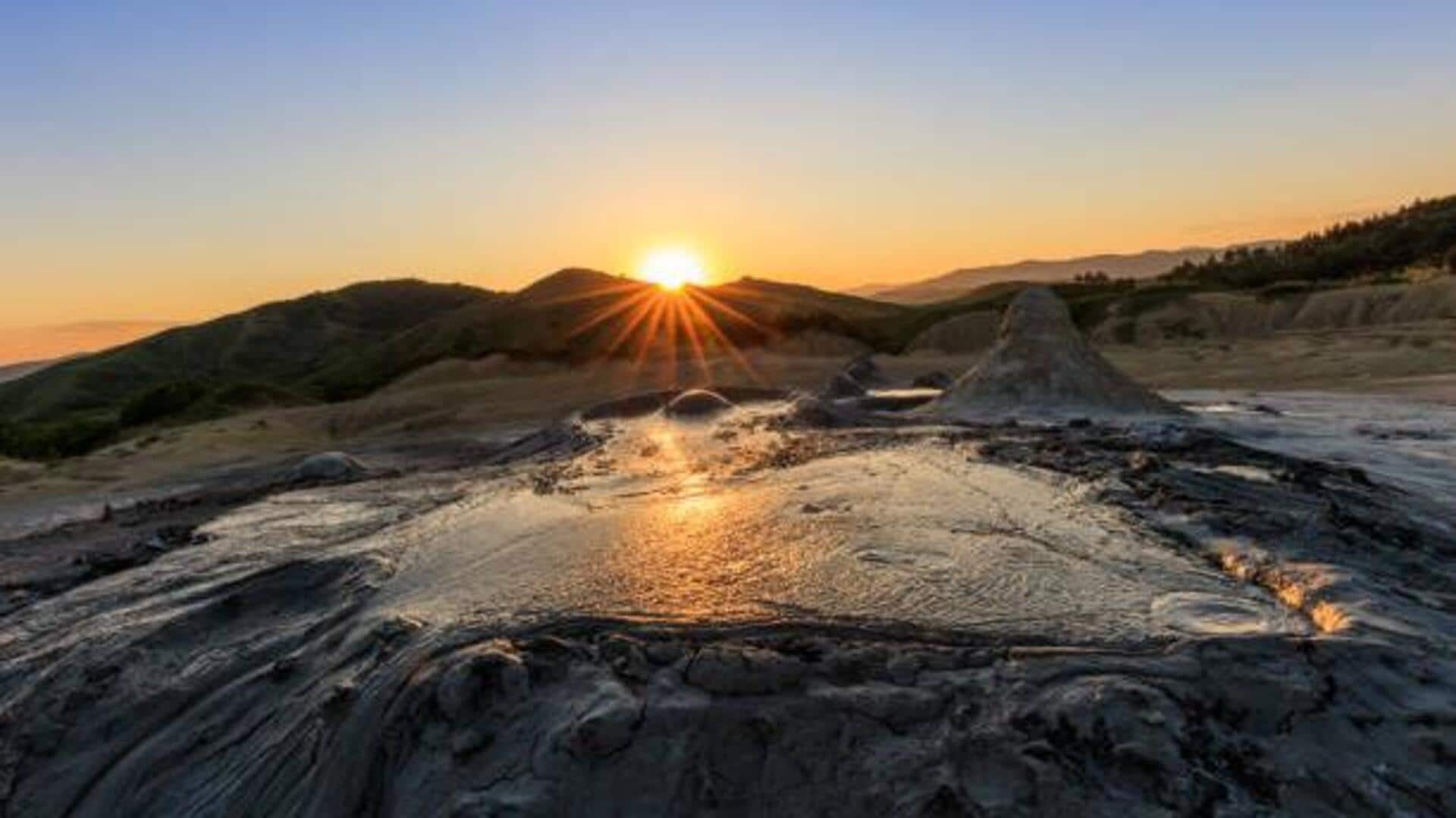
Unique mud volcanoes to visit in India
What's the story
India's mud volcanoes are a unique geological phenomenon that can be explored in a thrilling way. These natural wonders, found in remote regions, offer an opportunity to witness the earth's raw power. The mud volcanoes are formed by the eruption of mud and gases from underground, creating fascinating formations. Exploring these sites can be an adventurous experience for those interested in geology and nature's mysteries.
#1
Discovering India's remote mud volcanoes
India's mud volcanoes are mostly found in the northeastern part of the country, particularly in Assam and Arunachal Pradesh. These regions are home to some of the most active mud volcanoes, giving visitors a chance to witness these geological wonders up close. The remote locations make them less crowded than other tourist spots, making for a more intimate experience with nature.
#2
Understanding the science behind mud volcanoes
Mud volcanoes occur when pressurized fluids from deep within the earth's crust force their way to the surface. This results in a mixture of water, mud, and gases spewing out and forming conical structures over time. The study of these formations can give valuable insights into geological processes such as tectonic activity and sedimentation.
Tip 1
Tips for visiting mud volcano sites
When visiting India's mud volcano sites, it's important to wear comfortable clothing and sturdy footwear suitable for uneven terrain. Since many of these locations are remote, it is advisable to carry essentials like water, snacks, sunscreen, and insect repellent. Hiring local guides can enhance your experience by providing valuable information about the area's history and geology.
Tip 2
Safety precautions while exploring
Safety should be your priority when exploring mud volcano areas. Keep a safe distance from active vents where mud is erupting as they may be hot or unstable. Avoid touching any bubbling or steaming surfaces as they may contain harmful gases or chemicals released during eruptions. Always follow local guidelines provided by authorities or guides on-site.